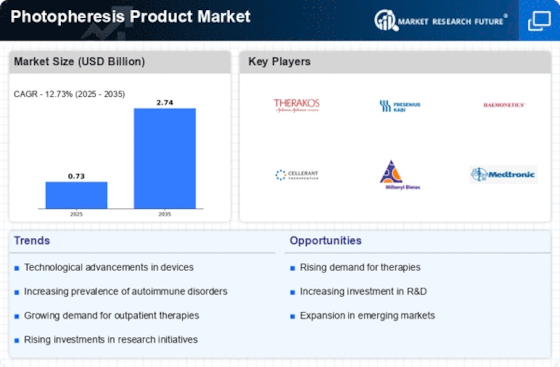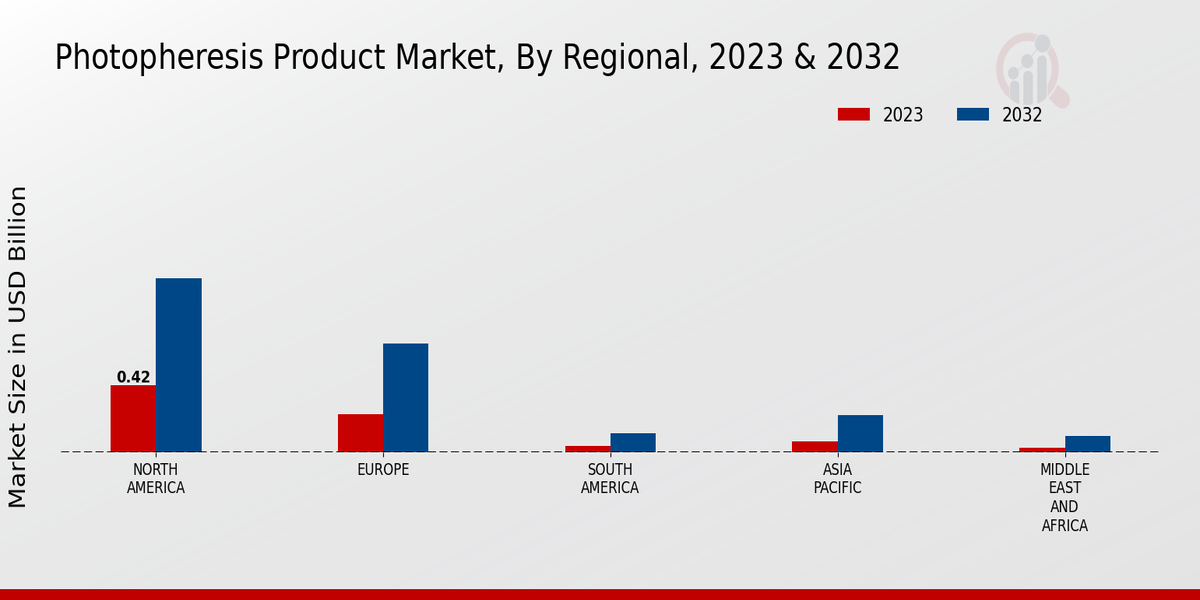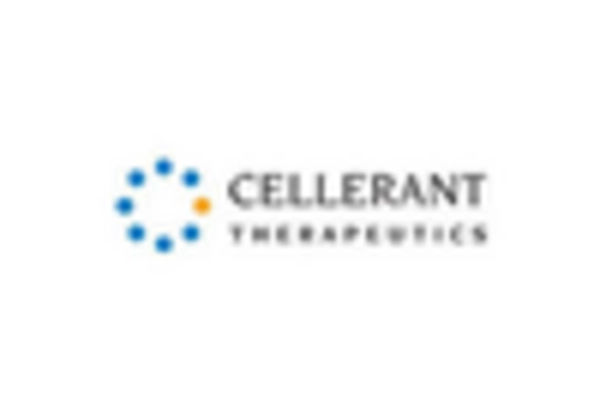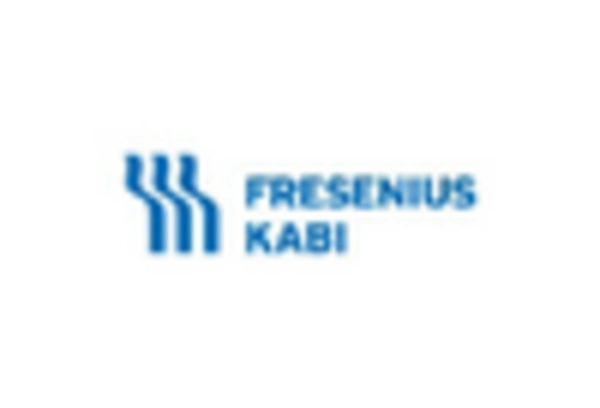Increasing Prevalence of Chronic Diseases
The Photopheresis Product Market is experiencing growth due to the rising prevalence of chronic diseases such as autoimmune disorders and certain types of cancers. As these conditions become more common, the demand for effective treatment options increases. Photopheresis, a therapeutic procedure that involves the exposure of blood to ultraviolet light, has shown promise in managing these diseases. According to recent data, the incidence of autoimmune diseases is projected to rise, leading to a greater need for innovative therapies. This trend suggests that the Photopheresis Product Market may expand as healthcare providers seek advanced solutions to address the growing patient population.
Technological Innovations in Photopheresis
Technological advancements play a crucial role in the Photopheresis Product Market. Innovations in equipment design, such as improved photopheresis devices and enhanced blood processing techniques, are likely to enhance treatment efficacy and patient outcomes. For instance, the introduction of automated systems has streamlined procedures, reducing treatment times and increasing patient comfort. Furthermore, ongoing research into optimizing light wavelengths and exposure times may lead to more effective therapies. As these technologies evolve, they could potentially drive market growth by attracting healthcare facilities to adopt photopheresis as a standard treatment option.
Regulatory Support for Innovative Therapies
Regulatory bodies are increasingly supportive of innovative therapies, including those in the Photopheresis Product Market. Streamlined approval processes for new devices and treatment protocols are encouraging manufacturers to invest in research and development. This regulatory environment is conducive to the introduction of novel photopheresis products that meet evolving clinical needs. As a result, the market may witness an influx of new entrants and technologies, potentially enhancing competition and driving down costs. This trend suggests a favorable outlook for the Photopheresis Product Market as it adapts to regulatory changes.
Rising Demand for Minimally Invasive Procedures
The Photopheresis Product Market is likely to benefit from the increasing demand for minimally invasive medical procedures. Patients and healthcare providers are increasingly favoring treatments that offer reduced recovery times and lower risks of complications. Photopheresis, being a non-surgical procedure, aligns well with this trend. As more patients seek alternatives to traditional surgical interventions, the adoption of photopheresis is expected to rise. Market analysis indicates that this shift towards less invasive options could significantly impact the growth trajectory of the Photopheresis Product Market, making it a preferred choice for many clinicians.
Growing Awareness and Acceptance of Photopheresis
The Photopheresis Product Market benefits from increasing awareness and acceptance of photopheresis as a viable treatment option. Educational initiatives aimed at healthcare professionals and patients are fostering a better understanding of the procedure's benefits and applications. As more clinicians recognize the effectiveness of photopheresis in treating conditions like graft-versus-host disease, the demand for these products is likely to rise. Market data indicates that patient advocacy groups are also playing a role in promoting awareness, which may further enhance the visibility of photopheresis therapies in clinical settings.


















Leave a Comment